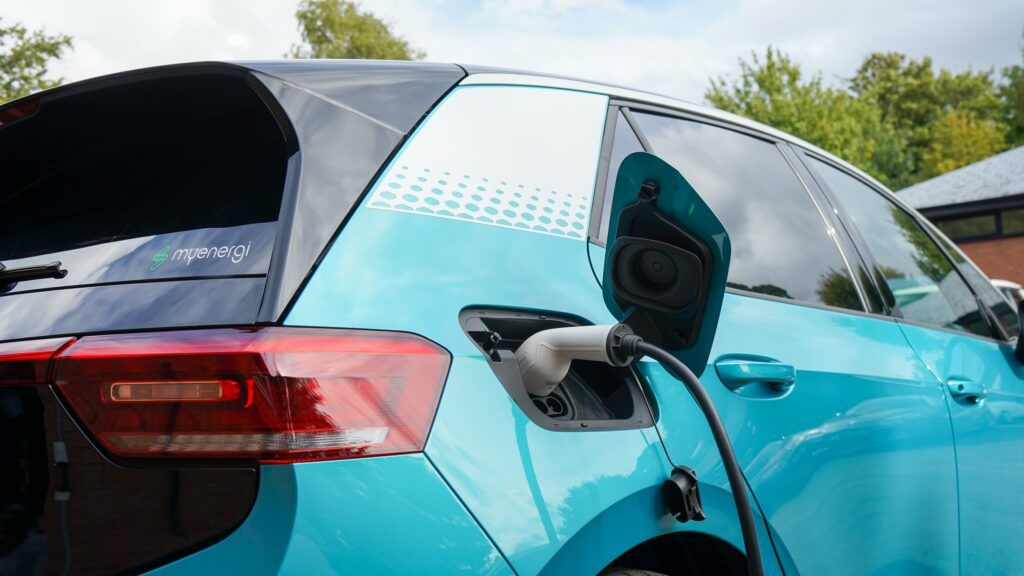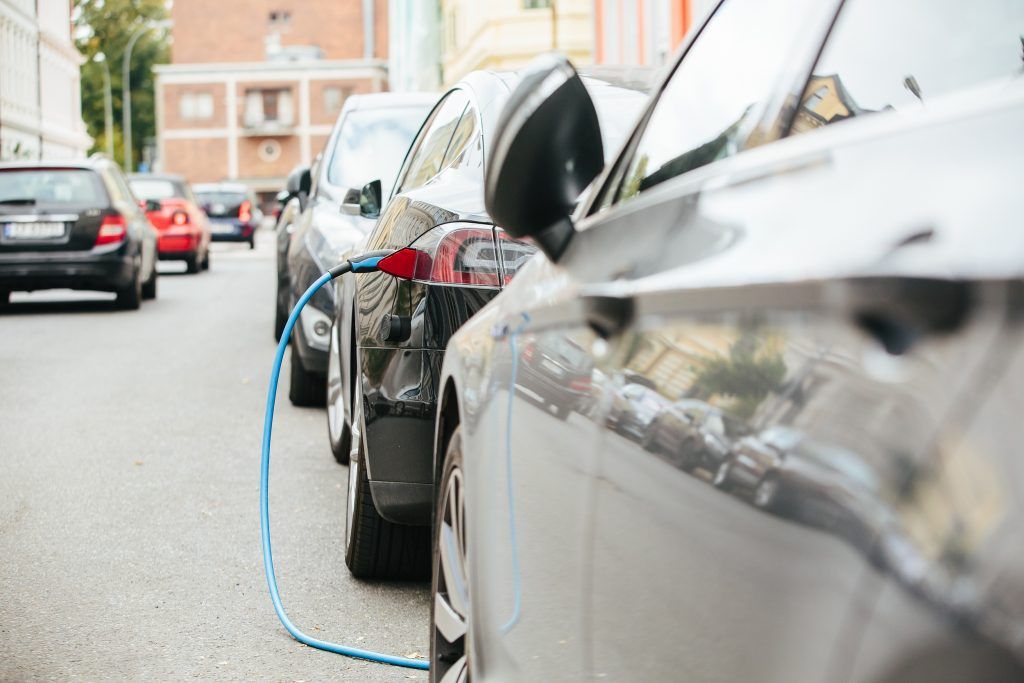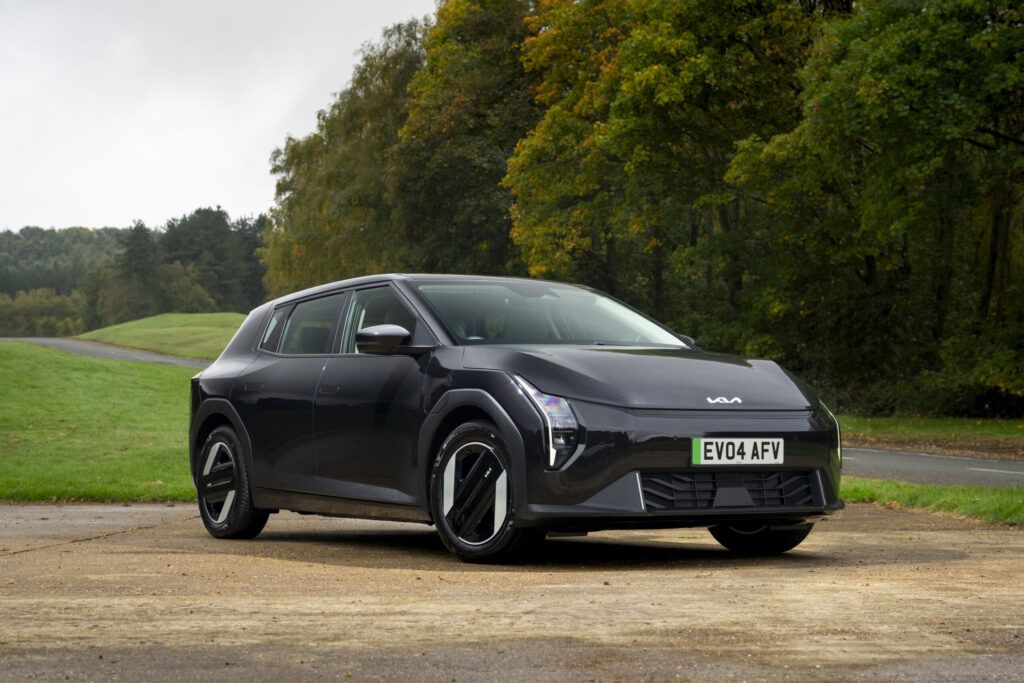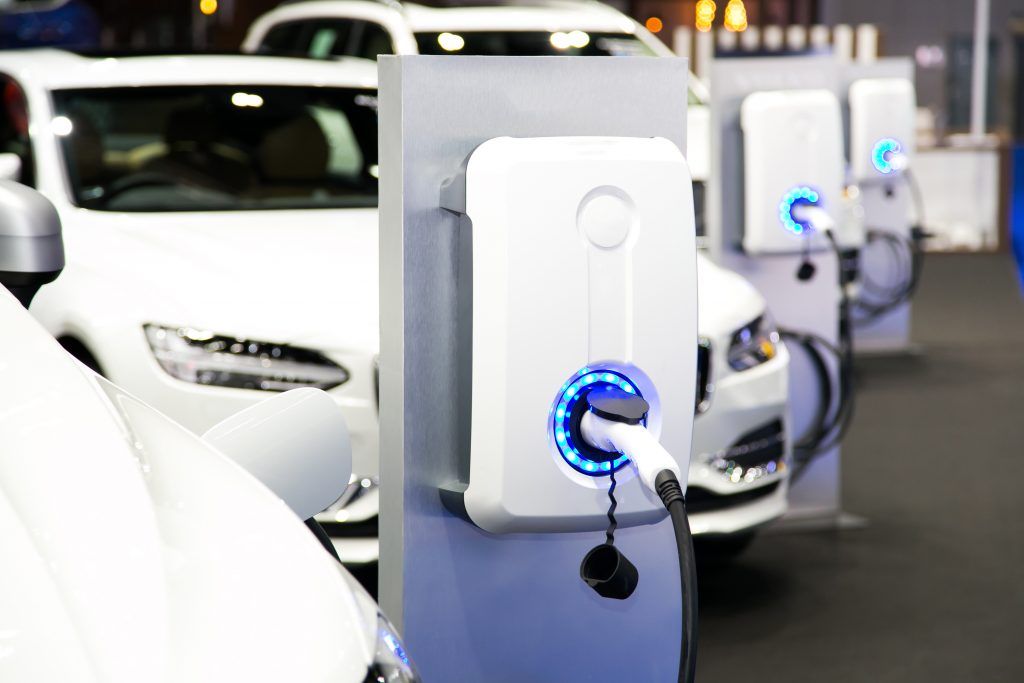In January, the Zero Emission Vehicle (ZEV) mandate officially came into force, with the Department for Transport (DfT) confirming a national target of 22% for cars and 10% for vans in 2024. Jordan Brompton, co-founder and CMO of myenergi, offers her take and emphasises a positive industry outlook for the New Year.
2024 is set to be an important year for the transition to electrification. We’re already seeing supply chain pressures beginning to ease, OEMs catching up on production deficits and supply improving, which suggests that registrations will likely hit record-breaking rates.
While the government may have pushed back the ban on new ICE-powered car and van sales from 2030 to 2035, the ZEV mandate is still a hugely important step forward for the industry. Considered to be the biggest mechanism to accelerate the transition to electrification, the mandate will levy increasingly stringent quotas on manufacturers.
As the automotive landscape adjusts to the mandate, manufacturers will intensify their investment into R&D, thus driving further advancements in technology and innovation. Soon, the gap between ICE and battery electric vehicles (BEVs) will be cavernous. This, combined with falling purchase prices and changing consumer attitudes towards sustainability, will surely be the final nails in the coffin of petrol and diesel vehicles.

That being said, it’s important to remember that EV adoption needs a holistic approach which extends far beyond the automotive industry alone. Supporting infrastructure, such as the public charging network and smart grid technologies, will play a pivotal role in accelerating widespread adoption.
When it comes to the roll-out of public charging points, progress is being made at record pace. The latest insight from Zap-Map highlights that an impressive 16,000 public chargers were installed during 2023, taking the UK’s total to 53,200 – a 43% increase on 2022.
The EV industry is therefore set for a promising year and, personally, I don’t think there’s been a better time to buy a BEV. As the UK continues to drive towards a more sustainable future, the electric vehicle sector appears perfectly poised.
Images courtesy of myenergi.








